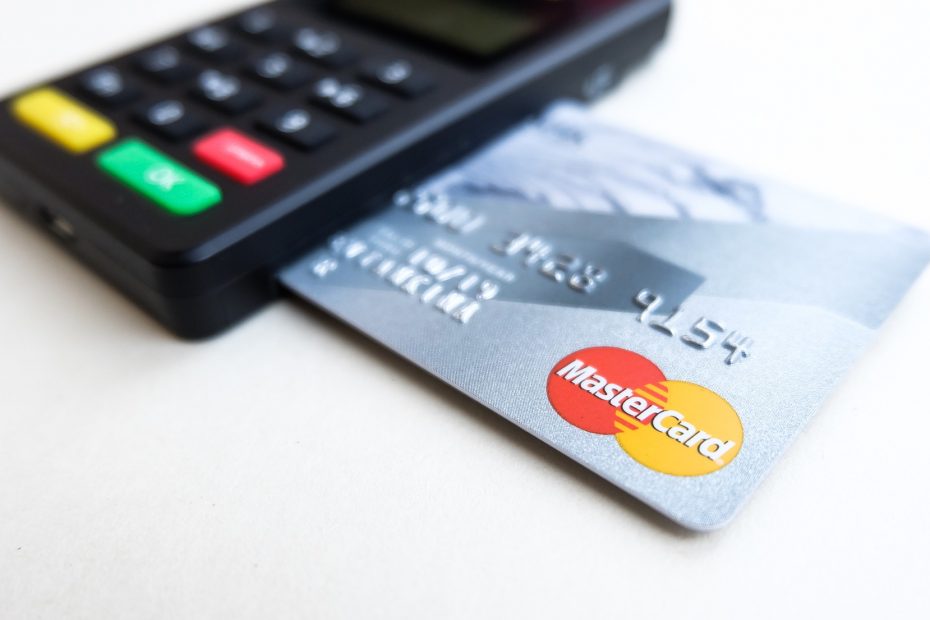The type of payment gateway you choose can either make or break your business. That is why choosing the right payment gateway, one that is the best fit for your business, is of utmost importance.
What makes online payment technology so complicated is the sheer number of players involved behind the scene to process payments. And when it comes to choosing the best payment gateway, you have to sift through the endless considerations like transaction fees, platform compatibility, payment methods, processing times, and so much more.
But what if you have already chosen your payment gateway and are ready to integrate it into your e-Commerce website to start taking payments? Read on to find out just how to do it.
How To Integrate A Payment Gateway Into Your e-Commerce Website
Payment gateway development solutions vary greatly, depending on a multitude of factors. Here are the main steps to consider to begin the integration process of a payment gateway:
1. Ensure that you do not have to have a website that is PCI compliant. If that is the case, you can utilize either a Hosted or a Direct Post Integration Solution.
A Hosted Solution means that the customer is redirected off your website and onto the payment provider’s website. This is great for smaller businesses as they are not required to be PCI Compliant.
A Direct Post Integration Solution is similar to a Hosted solution as it does not require PCI Compliance because the data is not stored within their servers. After the customer clicks “Buy”, the information goes directly to the payment gateway and the processor.
2. Determine which payment gateway solution is the best fit based on these considerations:
- Countries supported
- Currency supported
- Credit cards supported (Visa, Mastercard)
- Fees
- Monthly fees
- Chargebacks
- Payment methods available (Apple Pay, ACH)
3. Determine compatibility with your website.
4. Decide on the method of integration (Hosted or Direct Post)
5. Do you need a merchant account? This will depend on your integration, your provider, country of residence, and a host of other factors.
6. Get a merchant account. Only if you have chosen a payment gateway that needs one.
7. Get PCI DSS Compliance. Only if your provider and method of integration require it.
8. Conduct a Google search for “Payment Gateway X + Developer” (e.g. PayPal developer) to acquire the full documentation as to integrate your solution with your website that is compatible with your method of integration and within your website’s technical framework.
9. Follow the instructions of your payment gateway solution that are specified for your website and integration method.
The Payment Gateway Market Is Exploding
According to Grand View Research, the global payment gateway market size was estimated to be valued at the whopping US $18.21 billion in 2020. It is expected to grow at a compound annual growth rate (CAGR) of 21.7% from 2021 to 2028.
What is driving this growth is the innovations seen in mobile payment technology and the increased use of mobile wallets. The growing use of the internet and smartphones are also behind the market growth.
The use of payment gateway systems is popular for use in cashless transactions since they have effective alert capabilities that can identify suspicious offline and online activity.
Looking To Expand Your Business?
Merchants worldwide are discovering the importance of partnering up with solid payment service providers to grow their businesses outside of their own regions. By integrating a top-notch payment gateway, merchants can tap into opportunities that have been created, thanks to the rapid globalization of e-Commerce.

